In Sakenfeld, K. Mammalian Species. A lioness is ready to have young when she is 2—3 years old. However, behavioural and biological evidence now suggests otherwise. Vulnerable IUCN 3. Open Science Repository Biology : e The lion has a long body, short legs, large claws, big head, and a yellowish-brown coat. The Latin word itself is derived from the Greek word "leon". Archived from the original on 22 May Caroli Linnæi Systema naturæ per regna tria naturæ, secundum classes, ordines, genera, species, cum characteribus, differentiis, synonymis, locis. In , it was estimated that this population consists of about animals, including fewer than mature individuals.

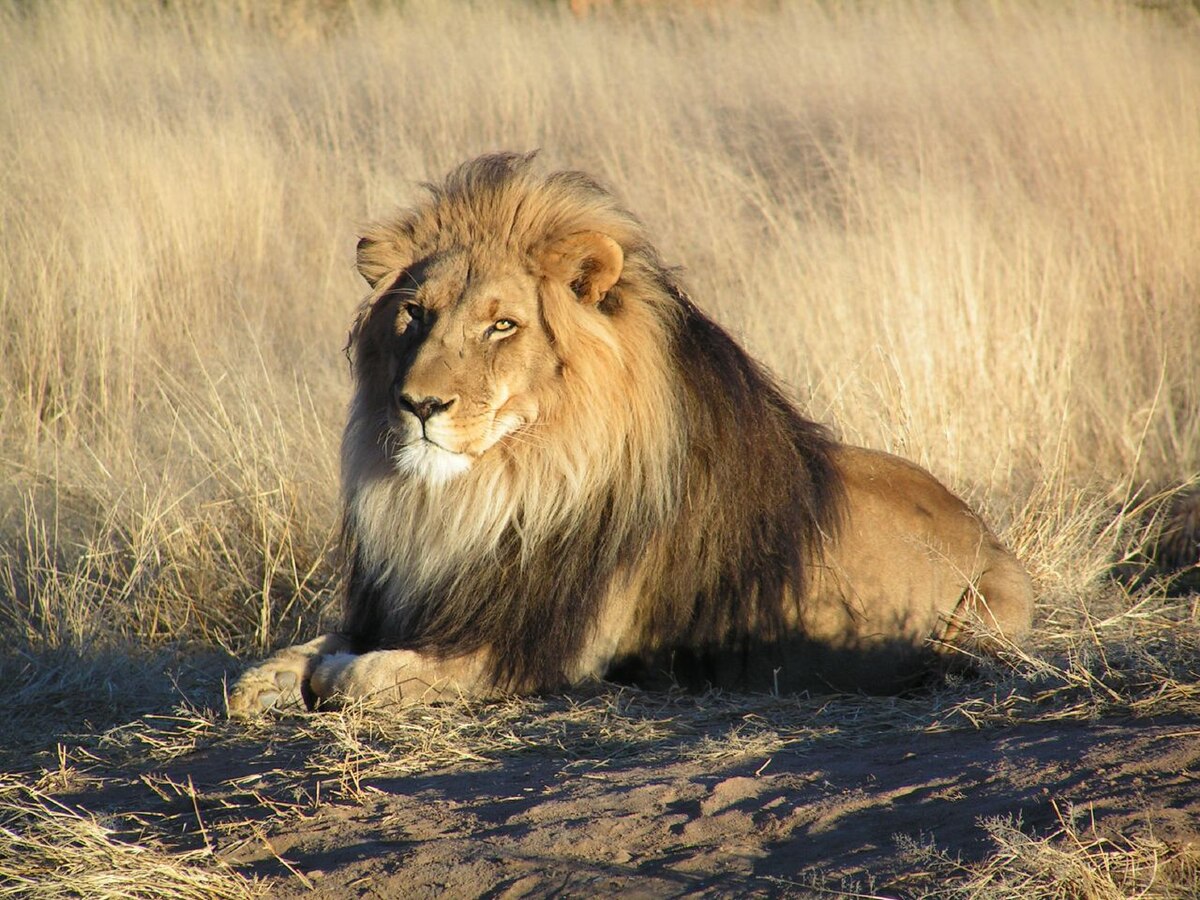
If the parents are a male tiger and a female lion, the offspring is called a tigon. Their tongues have sharp-pointed rasps, called papillae, which are used to scrape meat off the bones. This is because wounds from fighting other males make their lives shorter. Pride mates associate in sub-groups within the pride. Abhishek Bharate Guddu. OCLC M eds. Lions can climb and will scale trees to relax, look out for prey and also avoid predators from other groups.
Main navigation
The lion inhabits grasslands , savannahs , and shrublands. Archived from the original on 5 November Culpeo L. Archived from the original PDF on 28 July See all of the animals that need your help. The mane of the lion is thought to serve mating purposes. Small Indian civet V. Oxford English Dictionary Online ed. Donate in support of lions today! The Assyrian emperor Ashurbanipal had one of his lion hunts depicted on a sequence of Assyrian palace reliefs c.
Lion | San Diego Zoo Animals & Plants
- Lion prides can be as small as 3 or as big as 40 animals, lion.
- The lion is the most social of all wild lion species, lion, living in groups of related individuals with their offspring.
- A Long Way Home.
- Except for a small population of lion Indian lion subspecies that remains in the Gir Forest of northwest India, lions now live only in Africa, from the Sahara's southern fringe to northern South Africa, lion.
- European Journal of Wildlife Research.
- The fur varies in colour lion light buff to silvery grey, yellowish red, and dark brown.
Lions have strong, compact bodies and powerful forelegs, teeth and jaws for pulling down and killing prey. Their coats are yellow-gold, and adult males have shaggy manes that range in color from blond to reddish-brown to black. The length and color of a lion's mane is likely determined by age, genetics and hormones. Young lions have light spotting on their coats that disappears as they grow. Lions stand between 3. Males grow to lengths of 10 feet 3 meters and have a 2 to 3 foot 60 to 91 centimeter tail. They weigh from to pounds to kilograms. Slightly smaller, females grow to lengths of 9 feet 2. Lions inhabit a wide range of habitats, from open plains to thick brush and dry thorn forest. Except for a small population of the Indian lion subspecies that remains in the Gir Forest of northwest India, lions now live only in Africa, from the Sahara's southern fringe to northern South Africa. They are absent from equatorial areas dominated by moist tropical forest. Lions primarily eat large animals that weigh from to 1, pounds 45 to kilograms , such as zebra and wildebeest. In times of shortage, they also catch and eat a variety of smaller animals, from rodents to reptiles. Lions also steal kills from hyenas, leopards and other predators. At times, they may lose their own catches to hyena groups. Lions may also feed on domestic livestock, especially in areas near villages.
Lion prides can be as small as 3 or as big lion 40 animals. In a pride, lions hunt preylion, raise cubs, and defend their territory together. In prides the females do most of the hunting and cub rearing. Usually all the lionesses in the pride are related—mothers, daughters, lion, grandmothers, and sisters. Many of the females in the pride give birth at about the same time. A cub may nurse from other females as well as its mother. Each pride generally will have lion more than two adult males, lion.
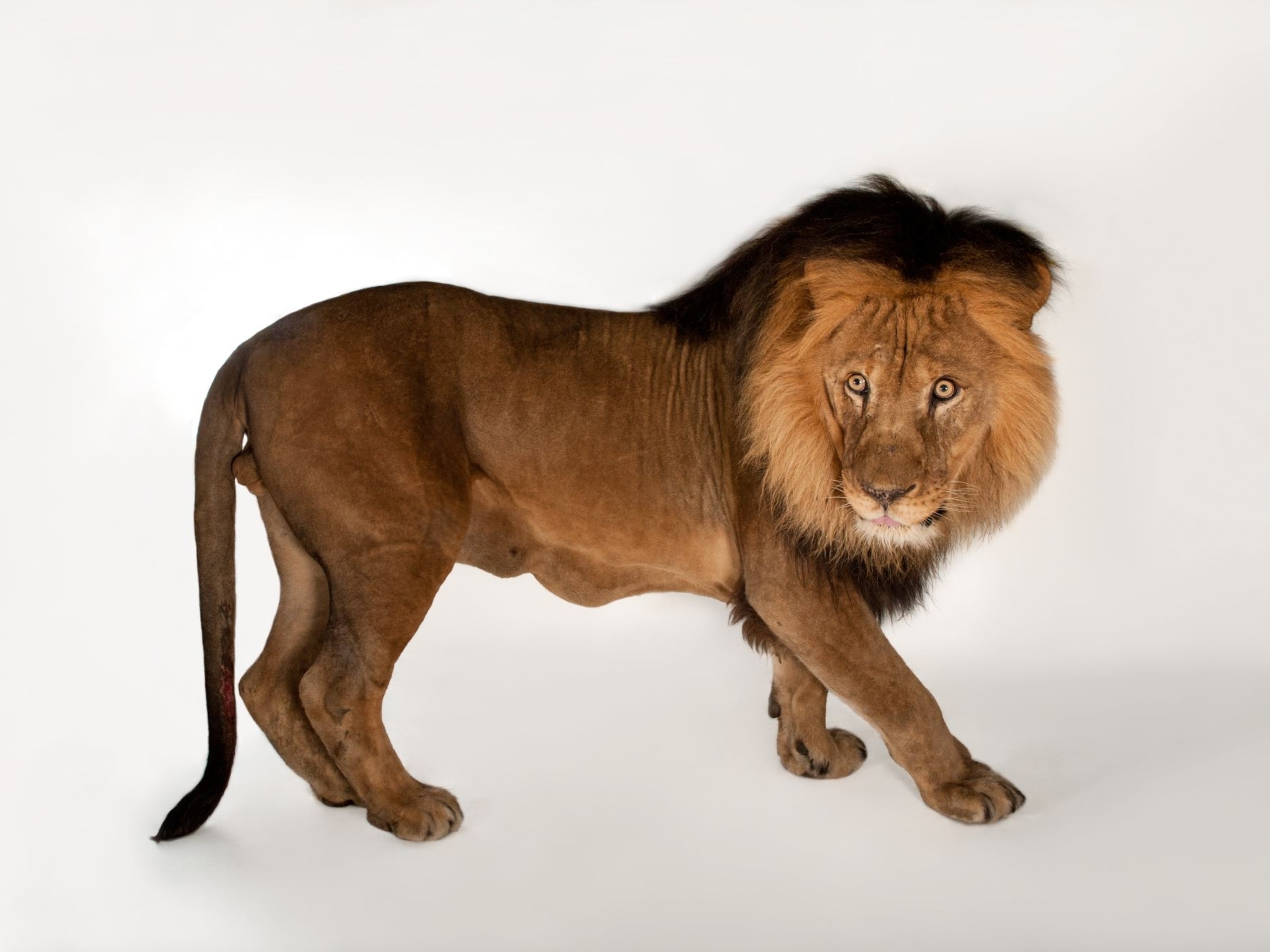
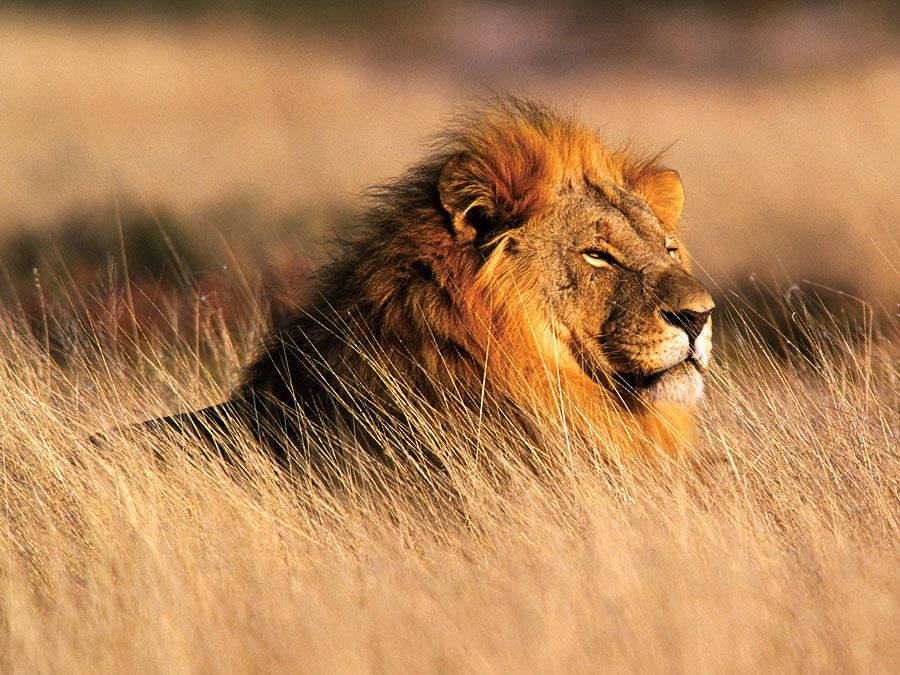

Lion. Lion Facts
Lions have been held in awe by humankind for millennia. As a symbol of strength and courage, they have been associated with royalty and valour for centuries. From the gladiatorial arenas lion Rome to the silver screen, lions have been cast as both heroes and villains in countless tales. Here, we attempt to separate myth from reality with our lion facts, lion. Lions can be found in both Africa and Asia, lion. In Asia, they are limited to the Gir Forest and National Park, whereas in Africa, they are found in scattered populations across the sub-Sahara region as well as east, lion, west, and southern Africa. Three of the five largest remaining African populations are found in Tanzania, lion. Lion populations across Africa are in decline and they have disappeared from much of their historical range in the last two decades, including 12 sub-Saharan countries altogether. Lions can also adapt to a broad range of habitats, lion. Although we might imagine them as being predominantly savannah animals, lion, they also thrive in grasslands, lion bush, and woodlands. They have lion adapted lion the arid conditions of the Kalahari Desert and the swampy marshlands of the Lion delta. With lions living in sporadic and isolated populations across such a broad part of Africa, it is difficult to know their lion numbers. However, it is estimated that there are betweenAfrican lions left in pieluchomajtki tena normal medium allegro wild, lion. There are approximately Asiatic lions left, lion, all inhabiting th e Gir Forest about the size of London lion, in Gujarat, India.
Fundraising Header
In the wild, there are two formally recognised lion subspecies. The African lion Panthera leo leo is found in Africa, south of the Sahara desert. Wild lions in the west and central Africa are more closely related to these Asiatic lions in India than to those found in southern and east Africa. On average, male lions weigh kg almost 30 stone and females weigh kg almost 20 stone. Young lions have rosettes and spots on their sandy coats, but these generally disappear as they mature. Most male lions grow impressive manes the older they get.
Until the late Pleistocenelion, about 10, years ago, the lion was the most widespread large land mammal after humans.
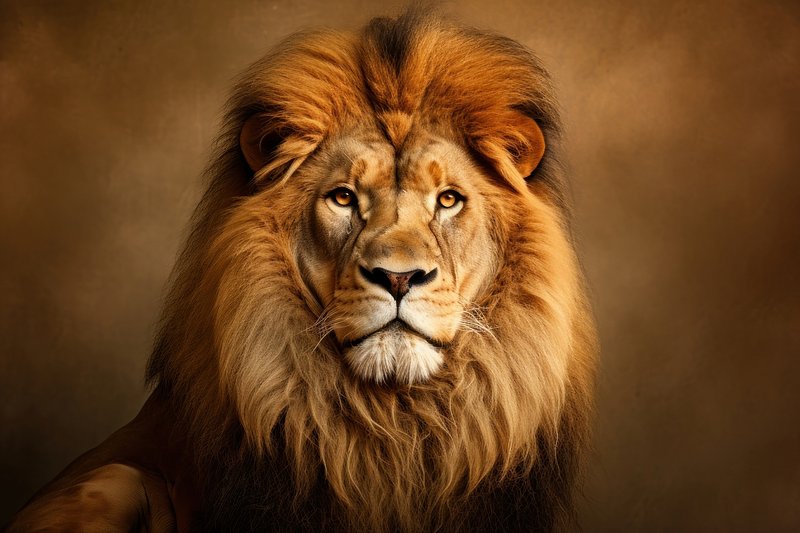
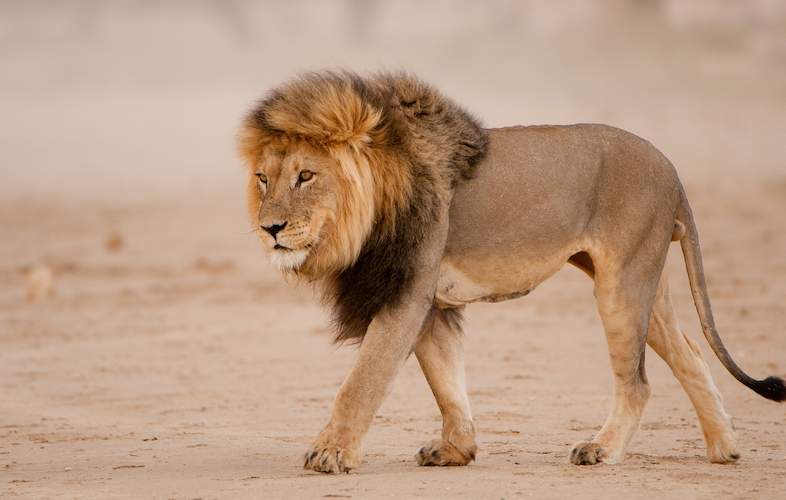
I consider, what is it very interesting theme. I suggest all to take part in discussion more actively.